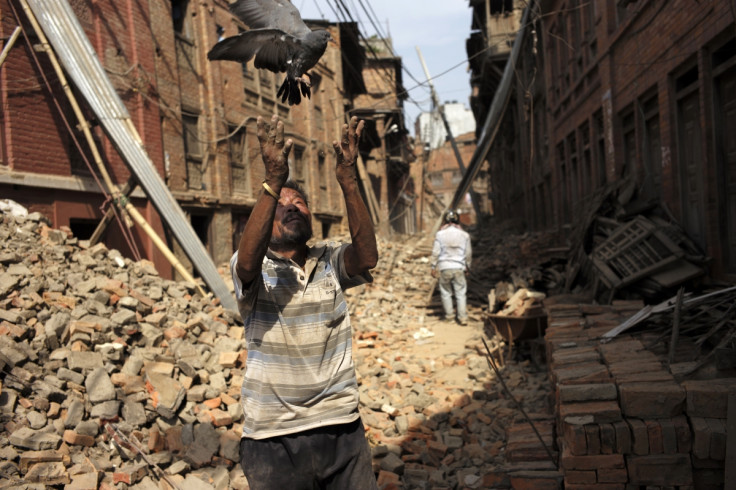Around 81% of South Asian population at risk of natural hazards but ill-equipped to cope says study

South Asians, including people in India, China, Pakistan and Bangladesh, are highly vulnerable to natural hazards, a study has revealed. Many African and South Asian countries feature among extreme- to high-risk countries due to the lack of adequate resources to cope with natural hazards and bounce back to normalcy.
Verisk Maplecroft, a UK-based risk analysis and research company, conducted the research as part of its annual Environmental Risk Dataset, which assists companies in identifying risks to their assets, personnel and supply chains.
The research data shows around 81% of the South Asian population, or about 1.4 billion people, as being most exposed to natural calamities. India ranks first followed by China on second and Bangladesh third among the 10 top countries on the Natural Hazards Population Exposure Index, which means people in these countries are at the highest risk. The other countries on the list in descending order of their occurrence are Indonesia, Philippines, US, Japan, Nigeria, Brazil and Pakistan.
The research covered 198 different countries and assessed the risks posed to them by 11 different natural calamities like tropical cyclones, floods, winter storms, earthquakes, wildfires and tsunamis in 20 new risk indices. Flooding emerged to be among the most substantial risks to people and businesses in South Asia, with 113 million people in India, 76 million in Bangladesh and 10 million in Pakistan exposed to flood-related hazards.
In the Natural Hazards Vulnerability Index, which listed countries on their ability to "prepare for, respond to, and recover" from a natural calamity, African countries look most prone with eight out of the nine most vulnerable countries on the list being African. South Sudan topped the list of countries at "extreme risk", followed by Burundi on second and Afghanistan, the only non-African country on the list, on three. The rest of the list features Eritrea on fourth, Chad fifth, Niger sixth, Sudan seventh, Mali eighth and DR Congo on ninth.
Japan and US feature as "low risk" countries on 183 and 173, respectively. China is a "medium risk" country on 126, while the developing economies of Bangladesh, Pakistan and India are at 37, 43 and 49, respectively, implying that they are "high risk".
Verisk Maplecroft assessed that the high-risk nations failed to utilise their economic growth to strengthen their disaster management systems, thereby exposing investors and companies operating in these regions to risks of disruption in business and loss of human capital.
Among the top 10 cities where the population is at the highest risk, Manila, Philippines is ranked first followed by Tokyo, Japan on second, Jakarta, Indonesia third, Dongguan, China fourth, Dhaka, Bangladesh fifth, Kolkata, India sixth, Osaka, Japan seventh, Mexico City, Mexico eighth, Delhi, India ninth and Sao Paolo, Brazil 10th.
© Copyright IBTimes 2025. All rights reserved.





















